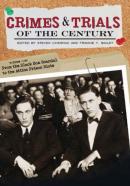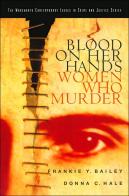My Books
Published Short Stories

"Since You Went Away" in Shades of Black: Crime and Mystery Stories by African-American Writers, Eleanor Taylor Bland, ed. (2005)
"In Her Fashion" in Ellery Queen's Mystery Magazine, July 2014
Frankie reading her Lizzie Stuart short story "In Her Fashion," published in the July 2014 issue of Ellery Queen Mystery Magazine.
"The Singapore Sling Affair" in Ellery Queen's Mystery Magazine, Nov-Dec 2017
"The Birth of the Bronze Buckaroo" in The Adventures of the Bronze Buckaroo (2018)
"Eel's Blood" in Down to the River, Tim O'Mara, ed. (2019)
Fiction
Lizzie Stuart

African-American, 38, a crime historian, Lizzie Stuart has spent most of her life in Drucilla, Kentucky. When her grandmother dies, Lizzie decides it is time for a vacation. She joins her friend Tess for a week in Cornwall, England, in the resort town of St. Regis. Lizzie finds her vacation anything but restful when she becomes an eyewitness to a murder and the probable next victim.
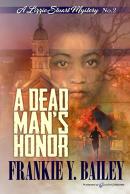
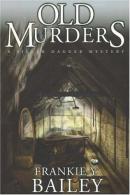
On August 16, 1912, Virginia Christian became the only female to die in the electric chair in the state of Virginia. She was a 17 year old (her age was the subject of debate) African American juvenile who had been convicted of the murder of her white female employer, Ida Belote. Virginia and her family was sharecroppers on the woman's farm. I discovered the case when I was during research for Blood on Her Hands, a book about women and murder.
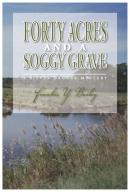
Fitting in, being liked by his friends, or staying alive? Sometimes the person you love isn't the person you thought you knew. Crime historian Lizzie Stuart and her fiance, John Quinn travel to a farm on the Eastern Shore of Virginia for a weekend gathering of his old West Point buddies. Mexican migrant laborers and struggling black farmers. Money, politics, and war. Too many secrets in the past, too many lies in the present, and a weekend that turns deadly.
Hannah McCabe
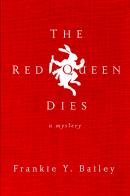
The year is 2019, and a drug used to treat soldiers for post-traumatic stress disorder, nicknamed "Lullaby," has hit the streets. Swallowing a little pill erases traumatic memories, but what happens to a criminal trial when the star witness takes a pill and can't remember the crime? When two women are murdered in quick succession, biracial police detective Hannah McCabe is charged with solving the case. In spite of the advanced technology, including a city-wide surveillance program, a third woman is soon killed, and the police begin to suspect that a serial killer is on the loose.

NonFiction
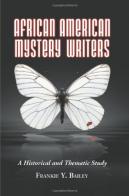
This ambitious study examines the works of modern African American mystery writers within the social and historical contexts of African American literature on crime and justice. It begins with a historical overview that describes the movement by African American authors from slave narratives and antebellum newspapers into fiction writing, the work of early genre writers, such as Pauline Hopkins and Rudolph Fisher, the protest writers of the 1940s and 1950s, and the authors who followed in the 1960s.
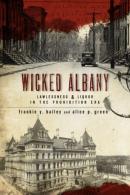
Albany, New York, experienced massive upheaval when the Volstead Act of 1919 established Prohibition. Crime already proliferated in the capital of the Empire State, with rival political machines stooping to corruption and the mob with their heavy-handed powers of persuasion. As it did nationwide, Prohibition in Albany served merely to force alcohol-related commerce underground and lawlessness and violence to the forefront of city activity.
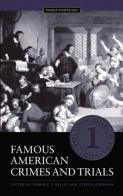
What do Lizzie Borden and O. J. Simpson have in common? Or the Lindbergh baby and Gary Gilmore? They were all the focus of famous crimes and/or trials in the United States. In this five-volume set, historical and contemporary cases that not only shocked the nation but that also became a part of the popular and legal culture of our country are discussed in vivid, and sometimes shocking, detail. Each chapter focuses on a different crime or trial, and explores the ways in which each became famous in its own time.
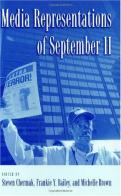
The terrorist attacks on September 11th were unique and unprecedented in many ways, but the day will stand in our memories particularly because of our ability to watch the spectacle unfold. The blazing towers crumbling into dust, black smoke rising from the Pentagon, the unrecognizable remains of a fourth airplane in a quiet Pennsylvania field―these images, while disturbing and surreal, provide an important vehicle for interdisciplinary dialogue within media studies, showing us how horrific national disasters are depicted in various media.

On a more serious note, “Law Never Here”: A Social History of African American Responses to Crime and Justice (Greenwood, 1999) is a book that Alice Green and I - as African American criminologists - felt the need to write in response to the failure of many other books we had read to acknowledge the varied ways in which black people have responded to perceived oppression by the criminal justice system.
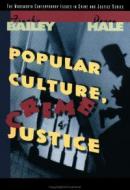
Popular Culture, Crime, and Justice (edited with Donna Hale) is a volume that offers an introduction to criminal justice as depicted in popular culture/mass media. The book was published by Wadsworth in 1998, and includes chapters by well-known scholars on topics such as violence in popular films, comic books and censorship, the “criminalizing” of popular culture, media and the police, and movie images of police women, of female attorneys, and of prisons. Incidentally, in the introduction, Donna and I mention Murder, She Wrote.
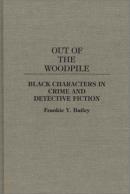
If you’re interested in reading about the images and stereotypes of black characters in mystery fiction try my Out of the Woodpile: Black Characters in Crime and Detective Fiction (Greenwood, 1991). I wrote it when I was living in Frankfort, Kentucky, just after finishing my dissertation. To my surprise, it was nominated for an Edgar (Mystery Writers of America) in the criticism/biography category.
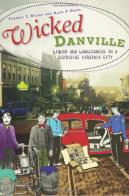
Since the days when Danville's tobacco warehouses infamously served as stockades for Union prisoners, the history of this Virginia community has had its dark side. Take the rivalry between Reverend John Moffett and his anti-prohibitionist political nemesis, J.T. Clark. The good minister made his point about demon rum, but he lost his life for the cause. Then there was Police Chief R.E. Morris, who created quite a stir when it was discovered that he was, in fact, a Georgia fugitive wanted for murder.



![Crimes of the Centuries [3 volumes]: Notorious Crimes, Criminals, and Criminal Trials in American History Crimes of the Centuries](/sites/default/files/styles/small_cover/public/covers/Crimes%20of%20the%20Centuries.jpg?itok=xVIaVEb5)
